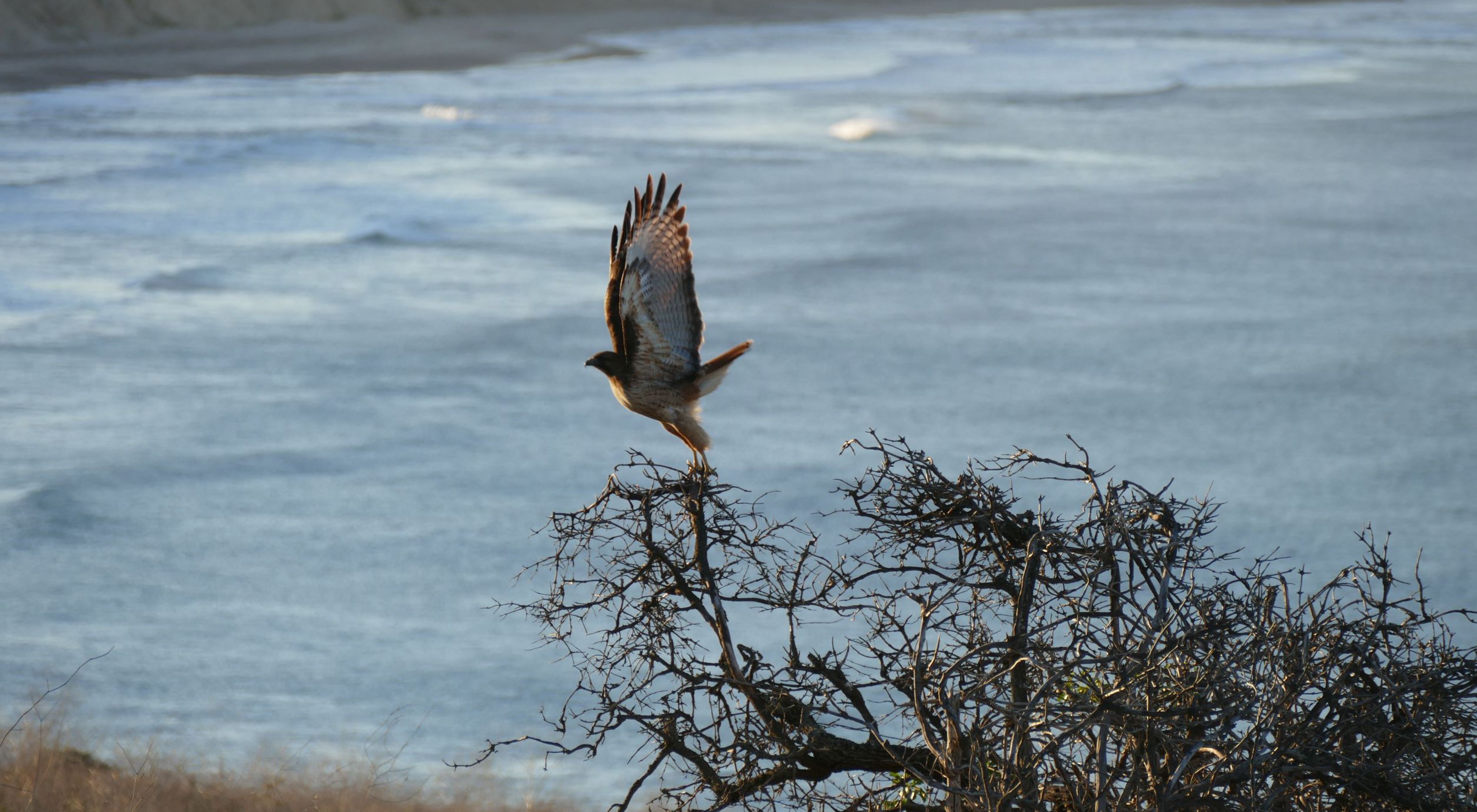The Jack and Laura Dangermond Preserve
Lompoc, CA
Jalama Ranch Office
Jack and Laura Dangermond Preserve
8101 Jalama Rd
Lompoc, CA 93436
Phone:
805-980-0711
Email:
dangermond-preserve@tnc.org
Contact Information
Please contact us using the information below. We will do our best to respond to your inquiry in a reasonable timeframe. Please keep in mind we are a small team and often are working onsite and out of the office.
-
Director
Dangermond Preserve
Interim
Email: dangermond-preserve@tnc.org -
Outreach Manager
Dangermond Preserve
Lorren Butterwick
Email: dangermond-preserve@tnc.org -
Media Contact
Heather Gately
Email: heather.gately@tnc.org
Frequently Asked Questions
Our Team
-
Please contact our general email inbox (dangermond-preserve@tnc.org) first if you don’t know your direct point of contact; we monitor this inbox and can send along your inquiry to the correct person.
The Preserve
-
The Conservancy purchased the property in December 2017.
-
The Nature Conservancy owns and manages the Preserve. The proceeds used by TNC to purchase the property was a philanthropic gift donated by Jack and Laura Dangermond. In support of cultivating a diverse community for activities and to advance conservation science, the Preserve works closely with a wide array of partners, including but not limited to University of California (UC) Santa Barbara, UC Natural Reserve System, ESRI, Gaviota Coast Conservancy, and Santa Barbara Land Trust.
-
No, the Dangermond Preserve is not open to the public. The Nature Conservancy’s primary goal is to protect the unique biological and cultural resources of the Preserve. However, we are developing public programs for managed access, balancing it with preservation goals of the Preserve. Ongoing visitation opportunities include K-12 environmental education, public-led hikes and events, volunteer days, and other community-based events.
Jalama County Road, a public access road to Jalama Beach County State Park, is open to the public year-round. Visitors to the county park drive through a majority of the Dangermond Preserve. In 2021, The Nature Conservancy transferred 36 acres of the historic Bixby Ranch—now the Dangermond Preserve—to the Jalama Beach County Park. This additional acreage more than doubled the park’s size.
We will continue to balance visitor usage to minimize human impact on the Preserve’s wildness, especially the beach and shoreline systems. Biological surveys of these habitats in the past five years show our beaches are some of the most biodiverse in the state.
-
Learn more here about our managed public access programs such as events and volunteer days.
-
We host volunteer days at the Jack and Laura Dangermond Preserve several times a year. The focus and timing shift to match with current needs and activities. Volunteer days allow the public to visit the Preserve to work on an activity or project that will enhance the Preserve and support our mission. If you are interested in joining the volunteer newsletter and receiving information about past and upcoming volunteer days, please contact us at dangermond-preserve@tnc.org.
-
We love science and the mission of the Preserve is to share data with the world. In general, you can feel free to post to eBird and iNaturalist and similar sites. We ask that you be judicious when posting about threatened or endangered species and do not post photos with landmarks. We have groups established in both eBird and iNaturalist for the preserve and are happy to share links to those if you are interested in posting in the Dangermond-specific projects. Please contact us at dangermond-preserve@tnc.org for more information.
-
There are no trails to the lighthouse on public land, regardless of what crowdsourced hiking guides and applications may say. The lighthouse is inaccessible via the beach, and the surrounding property is owned and secured by the Department of Defense, Vandenberg Space Force Base, not The Nature Conservancy. Trespassing on federal property can result in jail time.
-
Grazing is an important part of the history of this land. Prior to TNC taking over management of the Preserve, cattle grazed here for over 200 years. The Dangermond Preserve remains an active working ranch. Currently, we use our cattle operation as a large-scale land management tool. Through targeted grazing and science-based pasture rotation, the cattle reduce fuels and fire risk, reduce invasive species, increase biodiversity and even help with restoration and support endangered species. Please check out our Rangeland Management Plan for more specifics on the cattle and our plans.
